13 Common Issues That Keep Fruit Trees from Bearing Fruit
Fruit trees can be exciting to grow, but it can be frustrating when they do not produce fruit. Several common issues can prevent trees from bearing as expected. Understanding these problems helps gardeners take the right steps to encourage fruit growth. From care mistakes to environmental factors, many things affect fruit production. Knowing what to watch for makes it easier to enjoy a healthy, fruitful tree.
This post may contain affiliate links, which helps keep this content free. Please read our disclosure for more info.
Immature Trees

Young fruit trees often need several years to mature before they start producing fruit. Trying to harvest too early can lead to disappointment. Patience is key, as trees focus on growing strong roots and branches first. Make sure to provide proper care with water, sunlight, and nutrients during these early years.
Planting a tree that is already partially grown can reduce wait time. Monitoring growth helps know when fruit production may begin. Rushing harvest attempts can stress the tree and delay fruiting. Supporting the tree’s health during this stage is essential.
Poor Pollination

Fruit trees need effective pollination to produce fruit. Lack of pollinators such as bees or poor weather during bloom can reduce fruit set. Planting pollinator-friendly flowers nearby helps attract bees. Hand pollination may be necessary for some trees in areas with low insect activity.
Cross-pollination is important for many fruit varieties. Ensuring a diverse garden environment supports pollinator presence. Protecting natural habitats encourages beneficial insects. Healthy pollination leads to better fruit yield and quality.
Incorrect Pruning
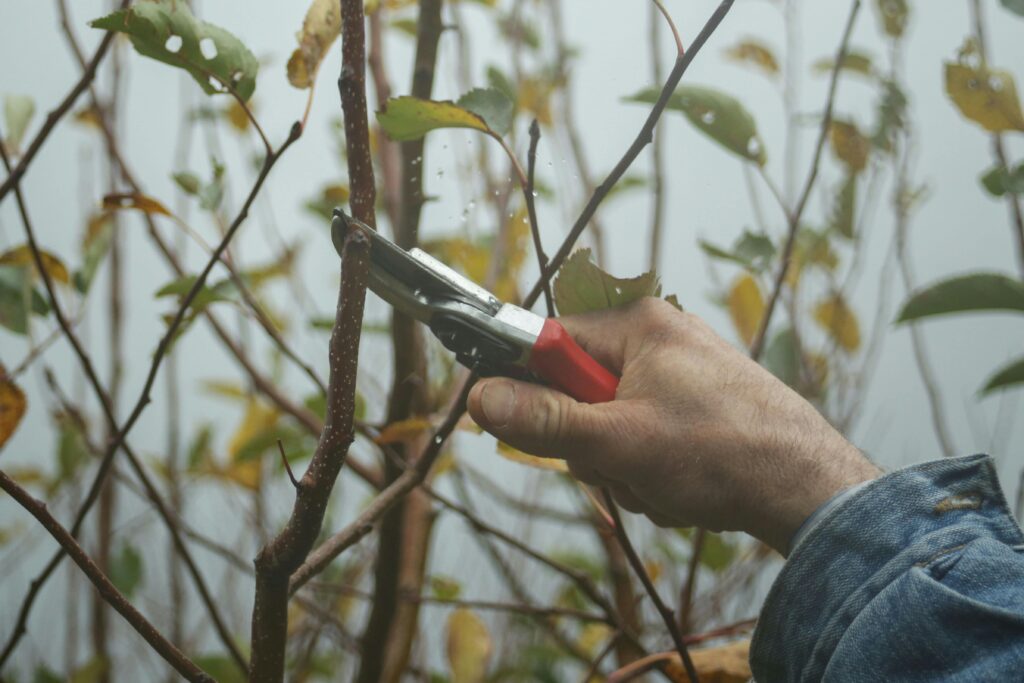
Improper pruning can remove fruiting wood or encourage too much leafy growth instead of flowers. Pruning at the wrong time or cutting too heavily affects fruit production. Learn the correct pruning schedule for each fruit tree type. Focus on removing dead or overcrowded branches to improve light and air flow.
Regular pruning promotes stronger branches that support fruit. Avoid pruning during bloom to prevent flower loss. Proper technique leads to healthier, more productive trees. Overgrown trees may produce fewer fruits and become vulnerable to disease.
Lack of Sunlight
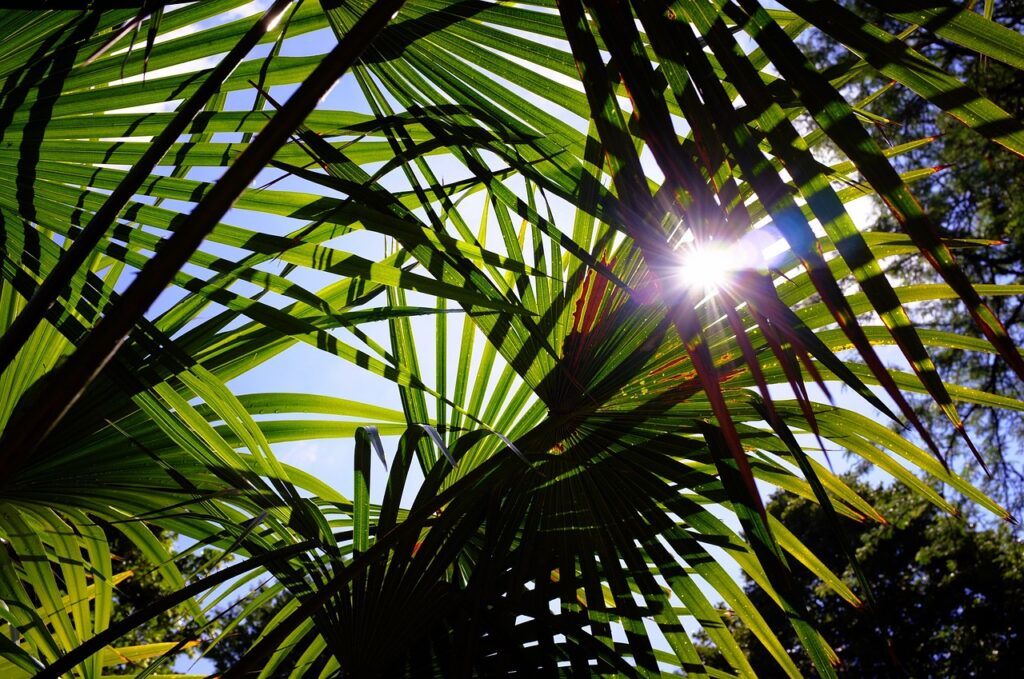
Fruit trees need plenty of sunlight to produce energy for fruit development. Planting trees in shaded areas or crowded spots reduces fruit production. Aim for at least six hours of direct sunlight daily. If space is limited, choose tree varieties suited for partial shade.
Sunlight supports photosynthesis, which fuels growth and fruiting. Thin surrounding plants that compete for light. Consider relocating young trees to sunnier spots if possible. Sufficient light leads to healthier trees and better fruit sets.
Over-Fertilizing
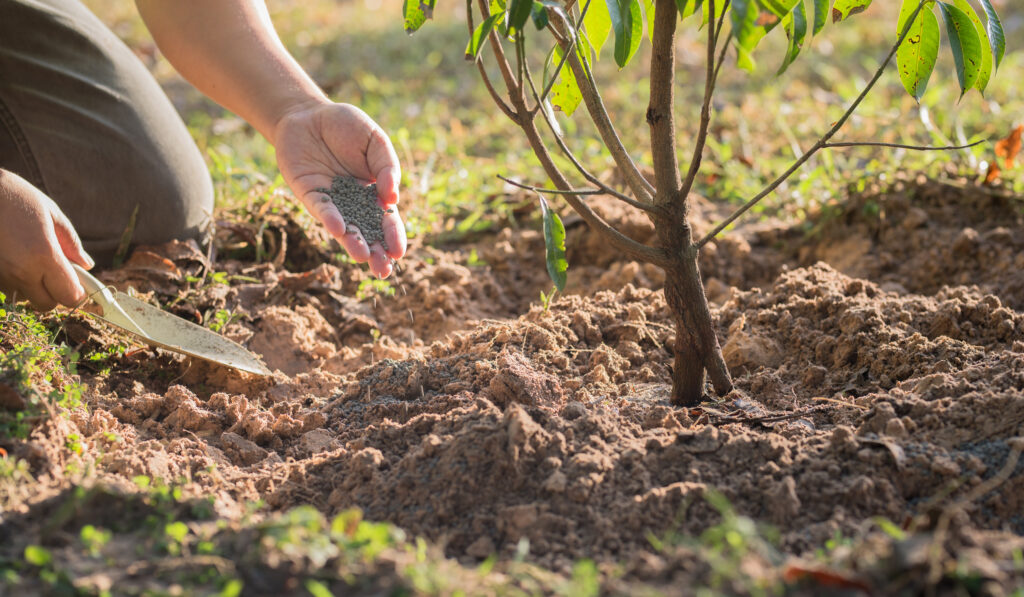
Using too much fertilizer, especially nitrogen, encourages leaf growth over fruit production. Trees can become lush but fail to flower and fruit. Follow recommended fertilizer guidelines based on soil tests. Use balanced fertilizers that support both growth and fruiting.
Excess fertilizer may also harm the environment through runoff. Apply nutrients carefully during growing seasons. Avoid fertilizer application late in the season to prevent new growth that does not mature. Proper feeding promotes balanced tree development.
Water Stress
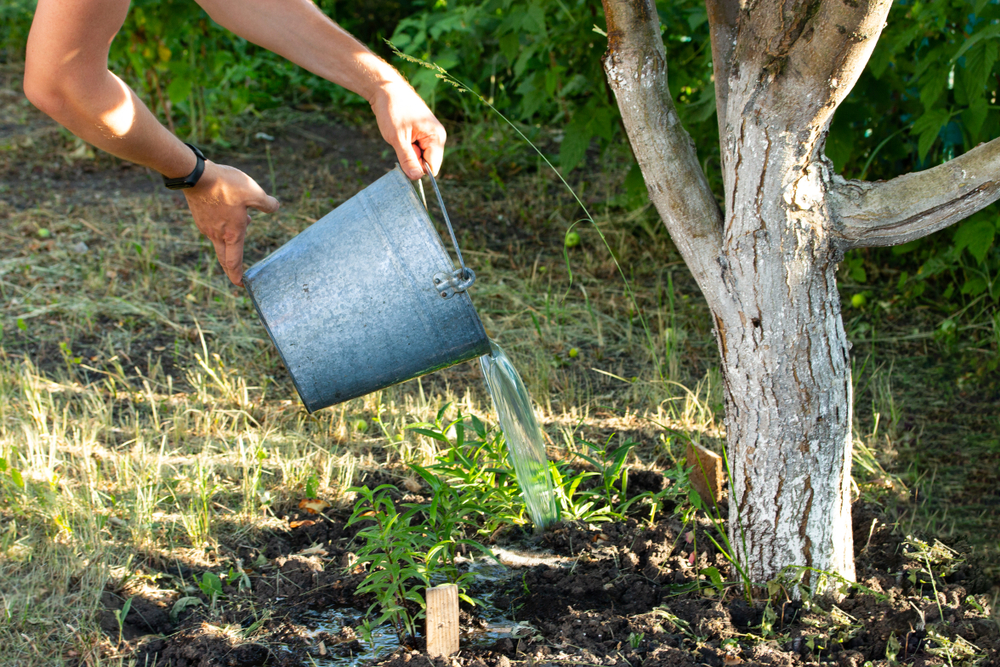
Both overwatering and underwatering can stress fruit trees and reduce fruit yield. Too little water causes drought stress, while too much leads to root rot. Maintain consistent moisture levels appropriate for the tree species. Mulching helps retain soil moisture and regulate temperature.
Check soil moisture regularly, especially during dry spells. Avoid watering late in the day to prevent fungal diseases. Proper watering supports healthy flowering and fruit set. Healthy roots are essential for nutrient uptake and fruit development.
Pest and Disease Problems
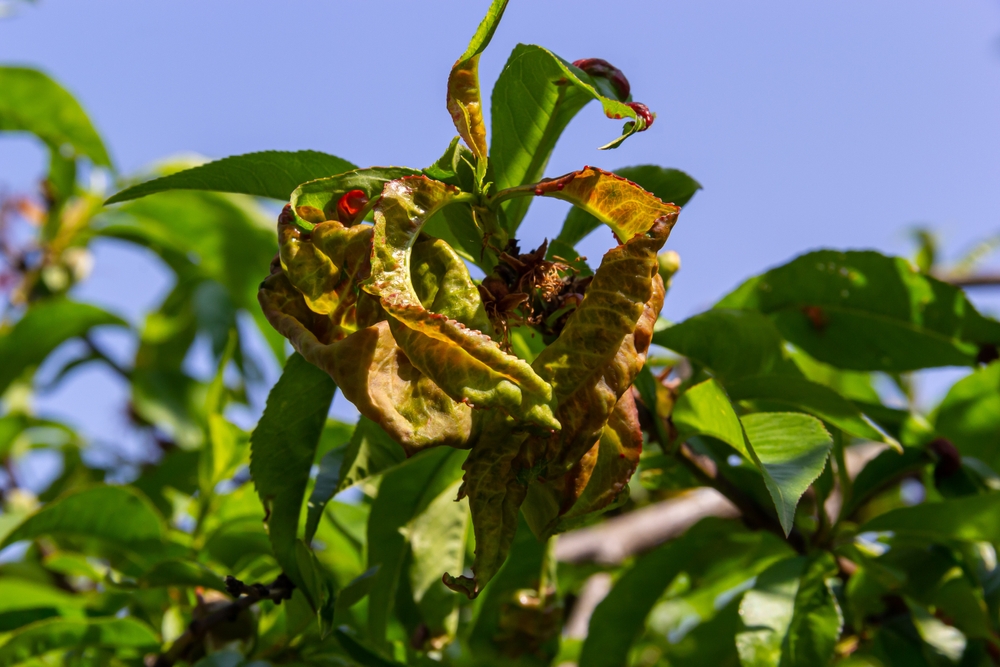
Insects, fungi, and bacterial infections can weaken fruit trees and interfere with flowering or fruiting. Common pests include aphids, mites, and caterpillars. Early detection and natural controls like neem oil or insecticidal soap reduce damage. Keep trees clean and remove affected leaves or branches.
Diseases such as powdery mildew or blight can prevent fruit formation. Proper pruning and spacing improve air circulation to limit fungal growth. Healthy trees recover better and produce more fruit. Integrated pest management supports sustainable fruit production.
Wrong Tree Variety for Climate
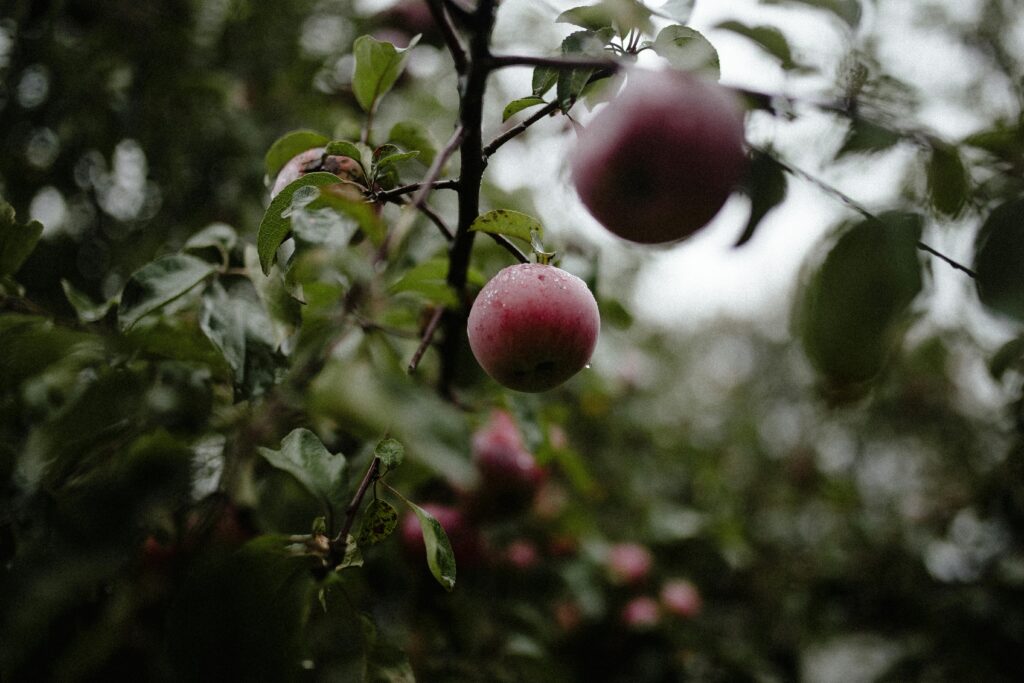
Planting fruit trees not suited to the local climate affects their ability to flower and fruit properly. Some trees require chill hours that warmer climates cannot provide. Research tree varieties that match your region’s temperature and rainfall. Choose trees labeled for your USDA hardiness zone or similar.
Trees adapted to the local environment grow stronger and produce more reliably. Consider drought-tolerant varieties in dry areas. Cold-hardy trees perform better in cooler climates. Selecting the right tree increases chances of successful fruiting.
Soil Issues
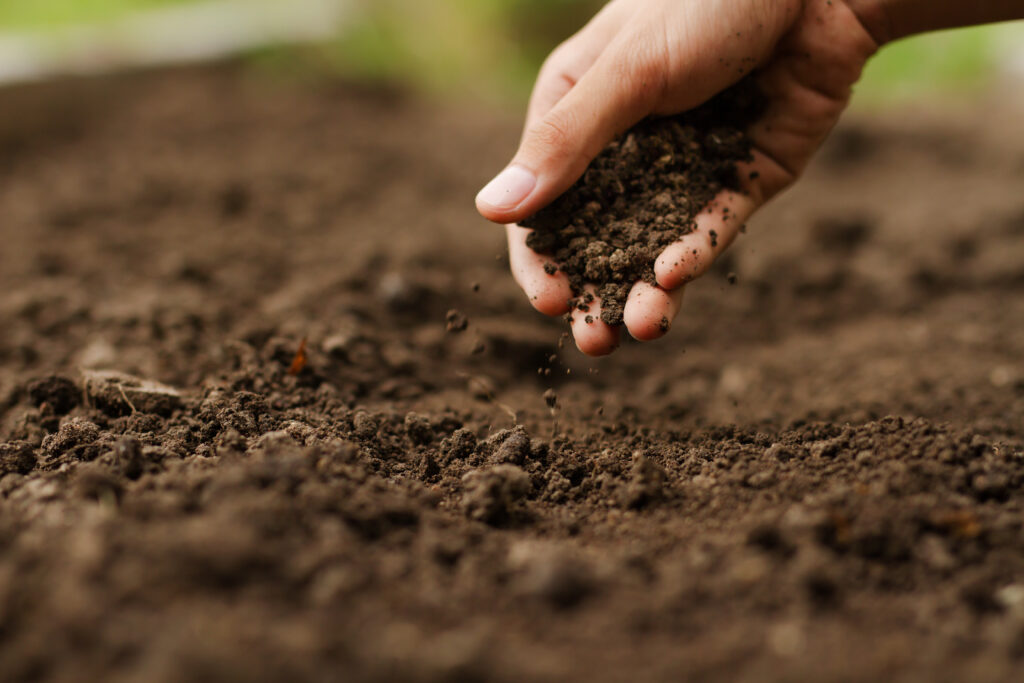
Poor soil conditions such as compacted, sandy, or nutrient-deficient soil affect fruit tree health. Soil that drains poorly can cause root problems. Conduct a soil test to understand pH and nutrient levels. Amend soil with organic matter like compost to improve fertility and structure.
Well-prepared soil supports root growth and nutrient absorption. Avoid planting in heavy clay without proper drainage improvements. Healthy soil promotes better flower and fruit development. Regular monitoring helps maintain ideal soil conditions.
Excessive Fruit Thinning
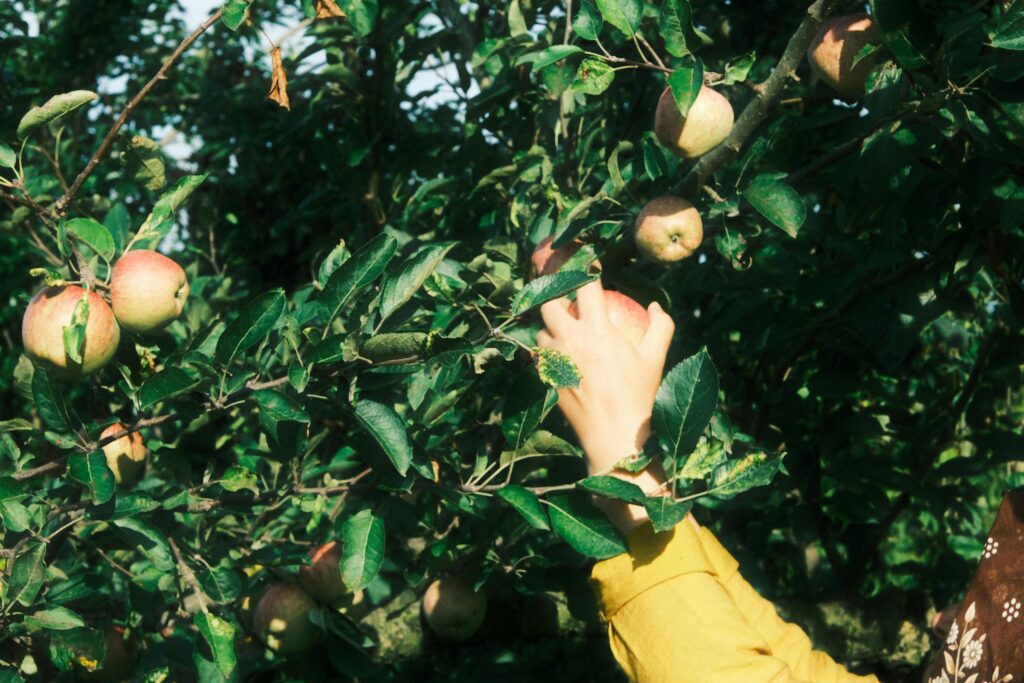
Sometimes, too many young fruits are removed, either naturally or by gardeners, reducing overall yield. Thinning is important but should be done carefully to avoid overdoing it. Leave enough fruit for the tree to mature and produce quality harvests. Proper thinning helps avoid small, weak fruits.
Natural fruit drop occurs to balance the tree’s energy. Manual thinning improves air circulation and fruit size. Avoid stripping too many fruits at once. Balanced fruit load helps the tree sustain growth and reproduction.
Late Frost Damage

Late spring frosts can damage flower buds and reduce or eliminate fruit production for the season. Protect trees by covering them during cold nights if frost is expected. Planting trees in spots with good air drainage helps reduce frost risk. Delaying pruning to later in the season can protect new growth.
Using frost cloths or blankets offers temporary protection. Avoid watering just before frost to prevent ice formation on buds. Monitoring weather forecasts helps prepare for frost events. Preventing frost damage supports consistent yearly fruit production.
Root Damage or Poor Root Health
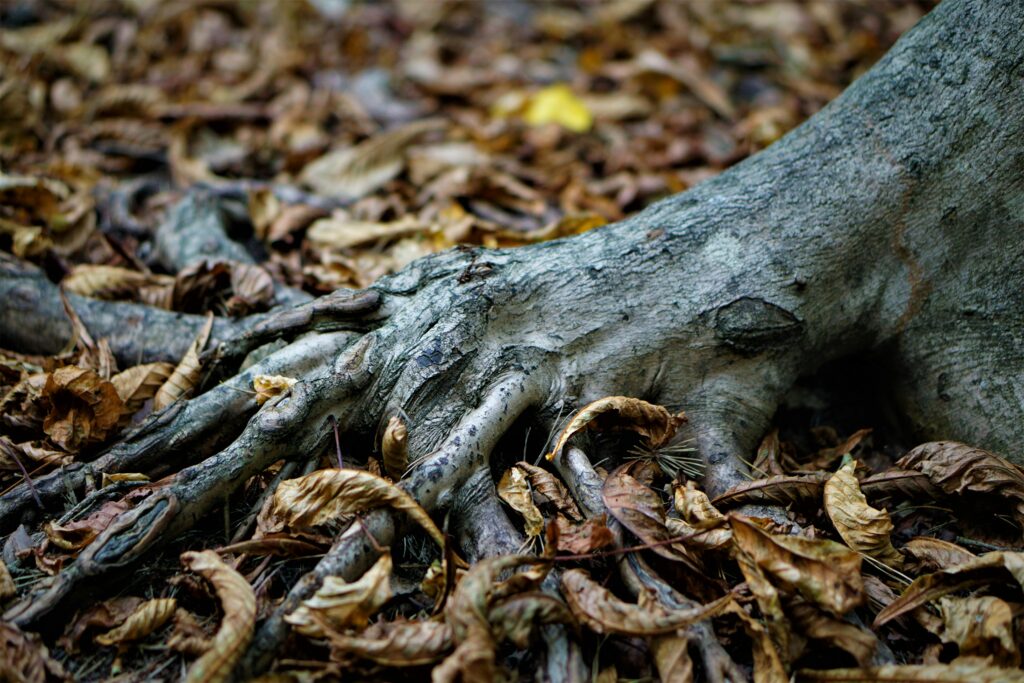
Damaged roots from construction, digging, or pests weaken the tree’s ability to absorb water and nutrients. Poor root health limits growth and fruiting capacity. Avoid disturbing the root zone and provide mulch to protect roots. Inspect for signs of root rot or pest infestation regularly.
Healthy roots support the entire tree structure and fruit development. Waterlogged soil can harm roots and reduce oxygen availability. Treat root problems early to prevent long-term damage. Maintaining root health is key to a productive tree.
Helping fruit trees produce fruit requires attention to their specific needs and conditions. Addressing common issues early can improve the chances of a successful harvest. Proper care and patience go a long way in supporting healthy fruit development. With the right approach, gardeners can enjoy bountiful crops season after season.
This article originally appeared on Avocadu.
